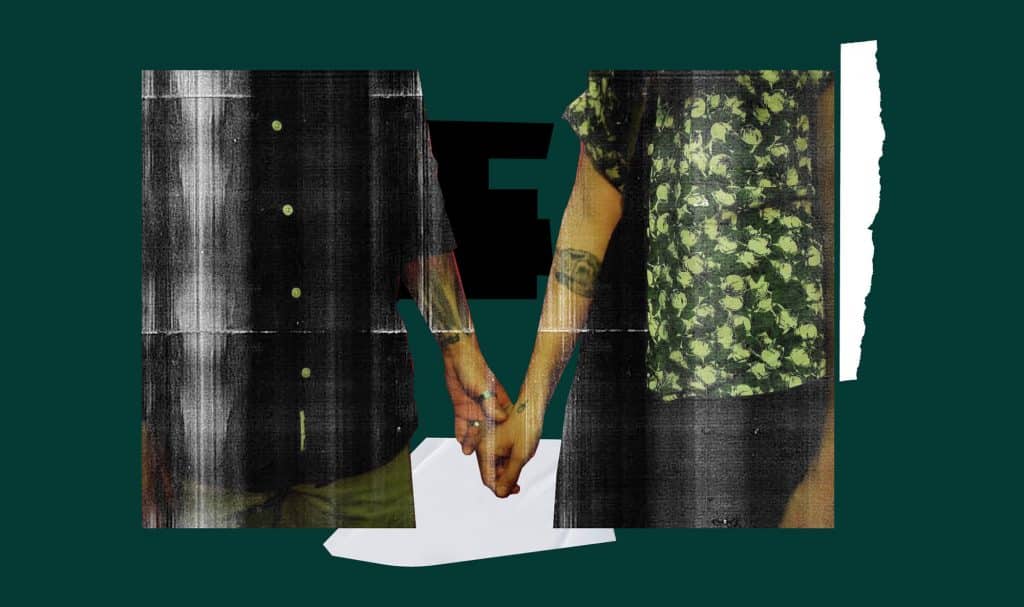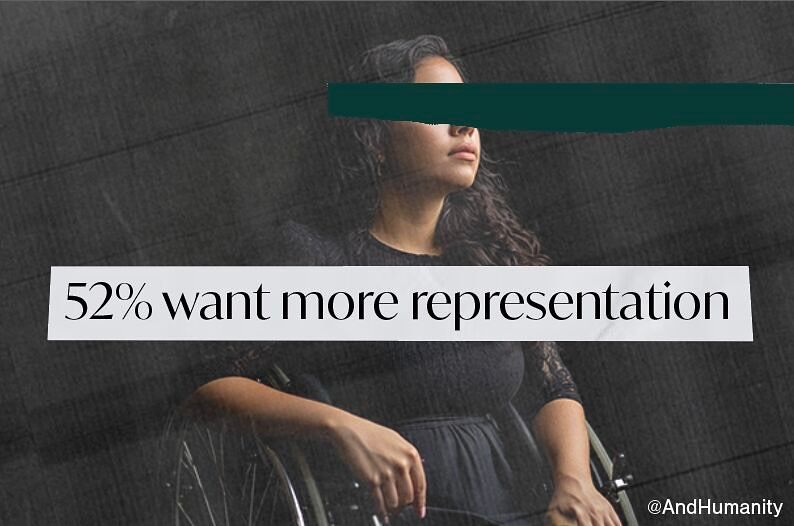Don’t tell us to come out. Make it possible.
Written by Sydney McNeill (they/them), a queer, multiply neurodivergent white (Scottish/Norwegian ancestry) settler who’se grateful to enjoy life on Treaty 6 Territory in Amiskwaciwâskahikan (Edmonton). Sydney is a parent, a student, a creative, and an enthusiastic admirer of bees.
As a queer person, I really appreciate the progression of National Coming Out Day. In 1988, the date was established to encourage individuals to share their 2SLGBTQIA+ identities. While visibility and authenticity are vitally important, we often put too much pressure on the individual and too little accountability on societal or systemic barriers. Celebrating authenticity is one half of the equation. The other half is driving progress so that others can be authentic, too.
Luckily, National Coming Out Day has progressed (and will continue to progress) to honour the complexities of 2SLGBQTIA+ identity. While the occasion does and should celebrate 2SLGBTQIA+ people living our lives authentically, it also promotes awareness and advocacy around the barriers to coming out. It offers a chance to celebrate progress and drive change. How might brands and organizations participate beyond hollow encouragements urging 2SLGBTQIA+ people to be themselves? How might you actually make this possible?
The ability to come out requires privilege and safety. Don’t just invite us or encourage us to come out. Share that you’re committed to making it possible and safe for us to come out and what tangible things you’re doing.
—
National Coming Out Day is also a deeply personal occasion. What coming out means to each 2SLGBTQIA+ person is different. Whether and to what extent the term “coming out” accurately describes the experience of living authentically varies. National Coming Out Day is an invitation to amplify 2SLGBTQIA+ voices. It’s a chance to honour individual stories and acknowledge a diversity of experiences. Visibility is important, and existing alone is a form of activism. Inviting us to share can help us know we’re not alone, celebrate where we are, and see that change is possible.
Sydney’s story: The complexity of coming out late.
I was one of those people who didn’t think change was possible, who didn’t see a way to be myself. I was somewhere around 30. My first child was 4 and I was newly pregnant with my second. I’d been with my (now ex-)husband for almost a decade.
One day, on the drive to pick my daughter up from daycare, I spoke the words, “I’m gay,” out loud to myself in traffic at a red light. I’d been wondering if I was for years. When the words tumbled out, unprompted and urgent, I knew they were true. And I wished they weren’t. A little voice in my head said, it’s too late. It whispered, you’re a terrible person – you’ve lied to yourself and everyone else.
Late in life coming out is difficult. It’s not like I was new to being queer. In my younger years, I was out as bi, and I had a lot of queer friends. And, in my mid-twenties, I’d come out as non-binary. I’d been to my fair share of queer events and gay bars. I’d been with people of various genders. I was comfortable in my queerness. But, for the past decade or so, I’d both chosen and felt confined to a life cemented in heteronormative norms. I knew who I was in many ways, and I loved so much of myself and my life. At the same time, the life I was living wasn’t authentic to who I was, and I didn’t see changing it as a possibility. I was unhappy.
I agonized over that for a long time. My husband and I weren’t right for each other (for this reason and many others); it’s difficult to tell someone that, especially when they don’t want to hear it. My children knew one house and one family; I didn’t want to uproot their lives. There’s a lot of imposed societal shame that comes with restructuring a family; I didn’t want people to judge or dislike me. I had this picture of what queer partnership looked like; I feared it was some impossible ideal. I cried a lot. I struggled a lot. I wavered. At my lowest, I spent all of my energy convincing myself to stay alive. Was I a terrible person? Would I ruin my children’s lives? Would my husband let me leave or retaliate when I did? Would friends and family hate me? I felt lost in many ways. There were so many questions I couldn’t know the answer to. So, as I usually do when I’m lost, I did a lot of therapy. And, ultimately, I started making the choices I needed to make to live authentically.
This post would turn into a novel if I tried to tell my whole story, but I’ll share some updates about where I am today, approximately three years since I said those words definitively to myself.
Was it messy? Of course it was. Growth is uncomfortable. I had (and am probably still having) a million identity crises. Separation and co-parenting are hard and complicated, and there are challenges that come with them. I lost some friends and family. I constantly have to remind myself that not knowing or feeling safe to be myself didn’t mean I was being intentionally deceptive. I have days where I feel defeated, guilty, sad, angry, and afraid.
Was it worth it? Of course it was. I changed my family structure! I co-parent as well as I can with my ex! I take up space in my own life! I’m confident and secure and happy! My children are thriving! They see so much more of me – my joy and the increased capacity I have for love! I have a more fulsome sense of community! And that picture of queer partnership I thought only existed in my mind? It’s real! I had feelings for someone, I told them, and they felt the same! We combined our families! I feel safe and supported and loved unconditionally every day! What beautiful gifts.
My latest coming out didn’t look like grandiose statements. It wasn’t announcing myself to each and every person in my life. I didn’t post about it on social media. Coming out was just me living the way I wanted to. Openly, unapologetically. Even though it was hard. Even though it was scary and uncertain. Even though people felt and said things about it. I led with my values and I trusted myself. I feel grateful that I had both the courage and the privilege to do that.
Why am I sharing this with you today? Because I had to scrounge the corners of the internet to find stories like mine. And I couldn’t have done this without knowing there were others who did, and who came out happier on the other side. That’s significant. That’s life-changing.
Brands and organizations can share their platforms. You can make space for us to talk about experiences – truthfully. Authenticity is complex, and we need to hold space for the full story. Our identities aren’t tokens to hold up in palatable, celebratory ways as an indicator of how progressive a brand is. Our stories are our own. And by offering us platforms to tell them authentically, you’re making space for expression and connection. Making a difference can be as easy as inviting someone else to speak.









